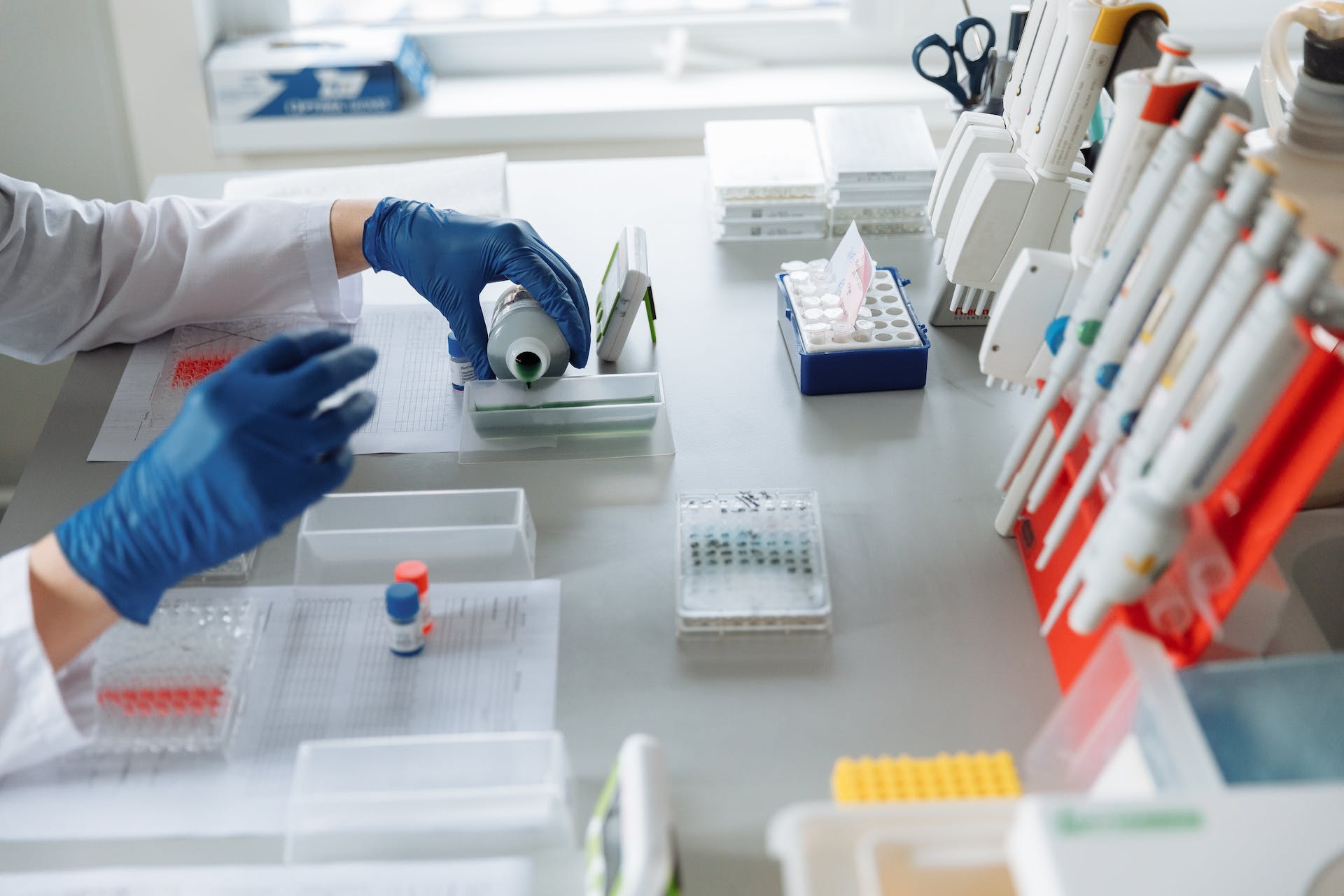Many countries have implemented water quality monitoring programs to regularly assess the safety of drinking water sources and recreational waters. These programs often involve collaboration between government agencies, research institutions, and water utilities to ensure comprehensive monitoring and data analysis. The history of water testing is closely tied to humanity’s understanding of the importance of clean water for public health.
Despite significant progress, challenges in ensuring access to clean and safe water persist, particularly in developing countries. Issues such as industrial pollution, agricultural runoff, and aging infrastructure continue to pose threats to water quality, emphasizing the ongoing importance of water testing and monitoring efforts.
Why Water Testing is Important?
- Health and Safety: Ensuring the safety of drinking water is paramount for public health. Testing water for contaminants like bacteria, heavy metals, pesticides, and other harmful substances helps prevent waterborne diseases and ensures the safety of consumers.
- Regulatory Compliance: Governments establish standards and regulations for water quality to safeguard public health and the environment. Regular testing ensures compliance with these regulations, preventing legal issues and potential fines.
- Environmental Preservation: Monitoring water quality in natural bodies such as rivers, lakes, and oceans helps assess ecosystem health. By identifying pollutants and their sources, measures can be taken to mitigate environmental damage and protect aquatic life.
- Infrastructure Maintenance: Testing water quality in distribution systems and plumbing helps detect issues like leaks, corrosion, or contamination within the infrastructure. Early detection enables prompt repairs, preventing water loss and ensuring water quality.
- Quality Assurance: Water quality can vary depending on its source, treatment processes, and distribution system. Regular testing ensures that water meets quality standards at various points in the supply chain, including treatment plants, distribution networks, and consumer taps.
- Building Consumer Confidence: Transparent water testing practices and communication of results enhance consumer trust in water suppliers. Regular monitoring and adherence to quality standards reassure consumers about the safety and quality of their drinking water.
- Disease Outbreak Prevention: Monitoring water quality can help predict and prevent outbreaks of waterborne diseases, such as cholera or cryptosporidiosis. Early detection of contaminants allows for prompt action to safeguard public health.
-
Research and Development: Water testing supports ongoing research into emerging contaminants, treatment technologies, and environmental trends. This research is vital for improving water quality management practices and developing innovative solutions to water-related challenges.
Water testing is crucial for safeguarding public health, protecting the environment, and ensuring access to clean and safe water for all.


Leave a Reply